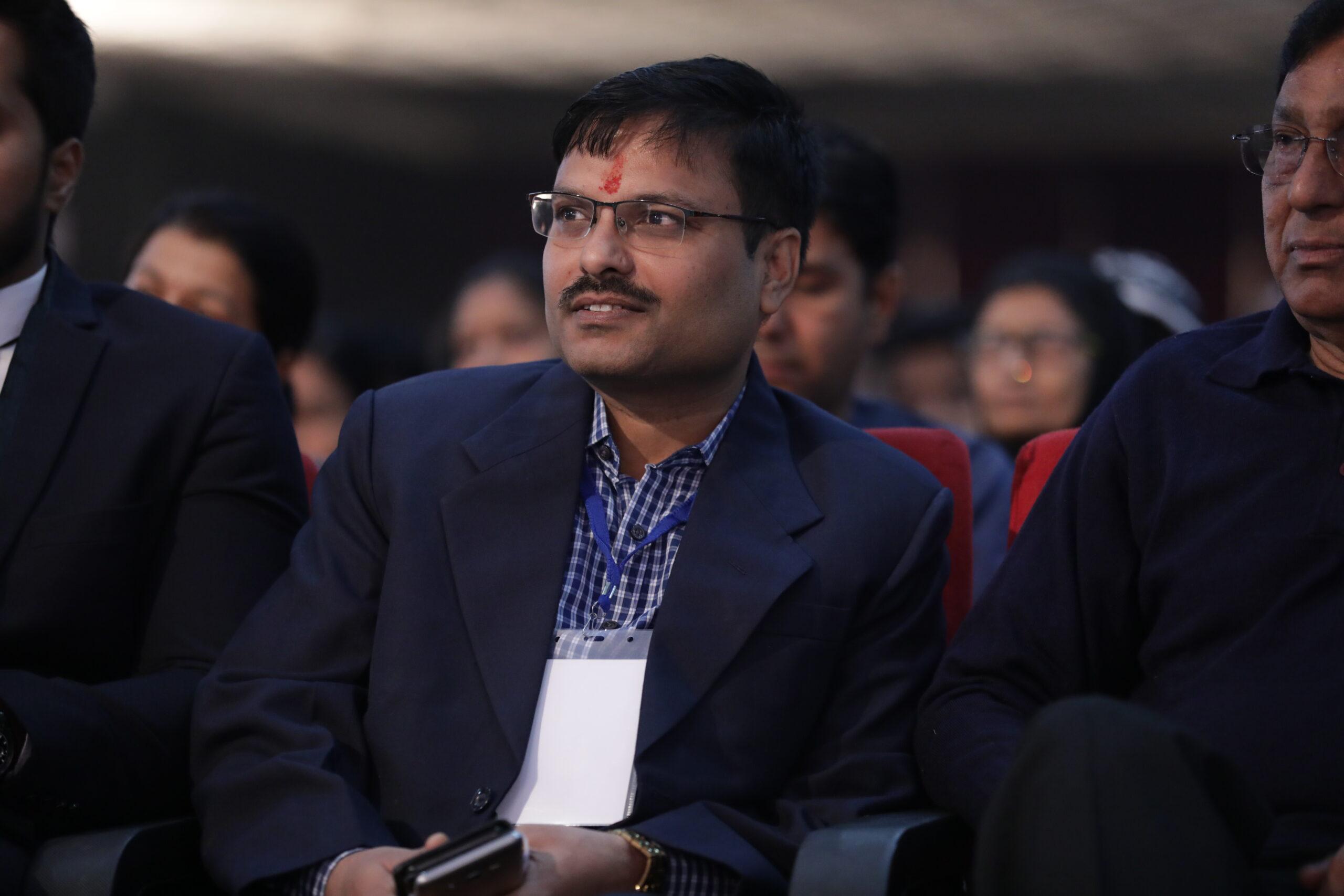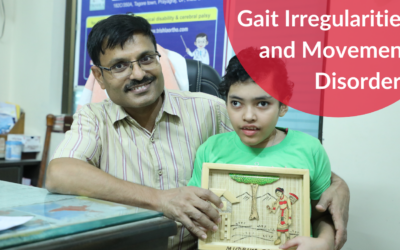It can occur in the prenatal period, during birth, or until the age of 3 years after birth. Cerebral palsy is generally identified with abnormalities in posture or movement. Identifying a cerebral palsy baby is not so difficult. Now, luckily, with all the advancements, you can also find good cerebral palsy treatment in India. So, make sure you start it as soon as you identify the first symptom.
Risk factors with infantile cerebral palsy
Before we learn how to recognize cerebral palsy baby, it is essential to distinguish the children in 3 different groups.
-
Prenatal risk factors
Any kind of maternal disease that the mother had can result in cerebral palsy complications, risks & issues. For instance, if the mother had a previous miscarriage, pregnancy poisoning, congenital disabilities, mental retardation, exposure to chemicals like pesticides, viral infection during the first three months, use of drugs during pregnancy, gestational diabetes, or mothers with thyroid disease are at great risk of giving birth to children with cerebral palsy.
In such cases, the foetus can have brain defects, chromosomal disorders, and abnormal foetal position. Thus, the cerebral palsy birth injury and issues can be identified at a very early stage.
-
Risk factors in childbirth
There is a huge possibility that your child might get the issue during birth. It can happen in case of low birth weight, premature birth, or cerebral hypoxia at birth, which means the babies are born without crying, have pale faces, and require emergency care. Besides this, in case there was obstructive intervention during birth with the use of suction and forceps, then it can result in cerebral palsy issues.
Further, infants with neonatal jaundice right from the second day after birth are at a huge risk of cerebral palsy. Generally, the dark yellow colour skin in newborn after 2 days is no wait for monitoring, and the treatment is given promptly. But some time level of bilirubin are very high in the blood which may indicate certain signs of injury like abnormal tone & posture. They are clearly the signs of brain injury.
-
Postpartum risk factors
Even after the child is born, there is a huge risk of getting cerebral palsy issues until he turns 5. This happens due to cerebral haemorrhage, brain infections, brain hypoxia due to severe respiratory issues, traumatic brain injury due to false beatings or accidents, and other reasons. So make sure that you keep a check on your child and identify cerebral palsy treatment in baby to get your child the proper care and attention he needs.
Early diagnosis of cerebral palsy
For a child who has cerebral palsy with one or more of the above risk factors, it is easy to identify the condition. Generally, at six months of age, your child will show the following signs.
- The cerebral palsy baby hall spasticity means their legs are stiff when placed together or when the child stands.
- The child has no neck or head control and does not know how to roll. He usually will lie down on his stomach and will be unable to raise his head.
- The child’s hand will always be clenched. He will not know how to reach the objects through his hands.
Adding to it are the Four Sub-Signs
- The baby won’t recognize the mother’s face.
- The babies have difficulty in eating.
- They don’t respond to any calls and keep on crying day and night after birth.
- The babies are soft after birth (floppy baby), and they do not follow objects.
- The babies never turn their heads to the sound.
When there are cerebral palsy symptoms in babies, then the parents need to take proper care. They need to find cerebral palsy treatment in India and take the child for the right treatment.
Types of Cerebral Palsy
Children with cerebral palsy fall into two clinical categories: spastic cerebral palsy, dyskinetic cerebral palsy, and mix cerebral palsy.
Cerebral palsy can be a highly complicated disease with many causes and forms. In fact, the treatment is not at all easy. Understanding the cause of the disease is extremely important to take preventive measures and begin the treatment in the right way. With all the advancements, there are now great CP treatment options available.
For instance, stem cell therapy is a new method for the treatment of cerebral palsy. But it is under clinical trial and should not be used till it is proven. In this case, the stem cells are extracted from the peripheral blood. Now, it is transferred into the patient’s body through the spinal cord. The stem cells will follow cerebrospinal fluid circulation to the brain. But still waiting for approval to use in cerebral palsy. Results are doubtful.
However, it is important to understand proven treatment protocol in these children. It will depend entirely on his case and the severity. Depending upon the type of cerebral palsy it is seen that about 70 to 80% of the patients will respond to proper stimulation & therapy. Therapy & proper stimulation should be started as early as possible to get best outcome.
Remember to consult your doctor for cerebral palsy treatment in India and identify the best sort of treatment or therapy that your child requires for proper growth.
Conclusion
If your child is suffering from cerebral palsy, then make sure you find a good specialist to take care of his needs and treatment. You can consider consulting Trishla Foundation experts to get the right support.
They have got experienced and certified professionals who will be there to make the treatment process easy. They will offer customized treatment services to ensure better recovery. The experts are knowledgeable and can handle all types of cases.






